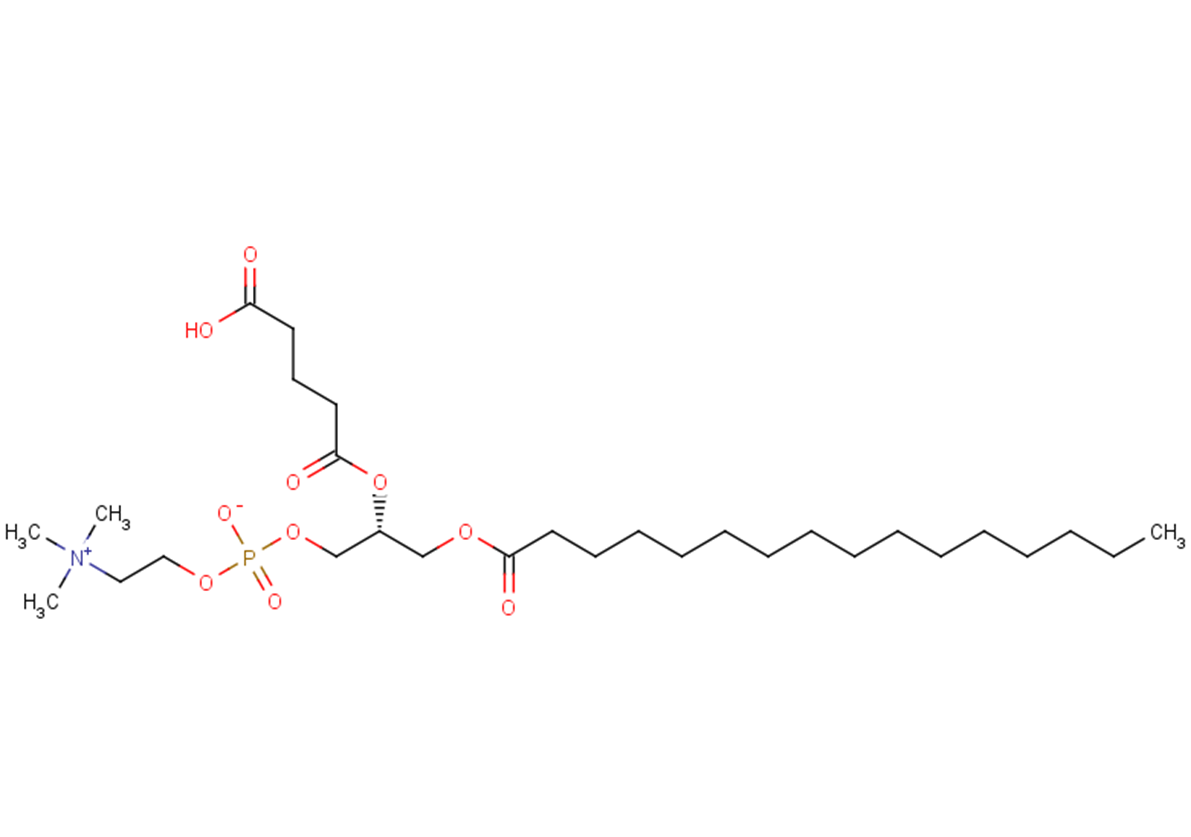PGPC
| Code | Size | Price |
|---|
| TAR-T35959-10mg | 10mg | Enquire | |||||||||||||||||||||||||||||||||||||||||||||||||||||||||||||||||||||||||||||||||||||||||||||||||
| Special offer! Add £1 to your order to get a TargetMol CCK-8 Kit. Read more here. | |||||||||||||||||||||||||||||||||||||||||||||||||||||||||||||||||||||||||||||||||||||||||||||||||||
Quantity:
| TAR-T35959-1mg | 1mg | Enquire | |||||||||||||||||||||||||||||||||||||||||||||||||||||||||||||||||||||||||||||||||||||||||||||||||
| Special offer! Add £1 to your order to get a TargetMol CCK-8 Kit. Read more here. | |||||||||||||||||||||||||||||||||||||||||||||||||||||||||||||||||||||||||||||||||||||||||||||||||||
Quantity:
| TAR-T35959-5mg | 5mg | Enquire | |||||||||||||||||||||||||||||||||||||||||||||||||||||||||||||||||||||||||||||||||||||||||||||||||
| Special offer! Add £1 to your order to get a TargetMol CCK-8 Kit. Read more here. | |||||||||||||||||||||||||||||||||||||||||||||||||||||||||||||||||||||||||||||||||||||||||||||||||||
Quantity:
Prices exclude any Taxes / VAT
Overview
Regulatory Status: RUO
Shipping:
cool pack
Storage:
-20℃
Images
Documents
Further Information
Bioactivity:
PGPC is an oxidized phospholipid that can be formed under conditions of oxidative stress. [1] It is found as a component in mildly oxidized LDL (MM-LDL) and in products formed from the oxidation of 1-palmitoyl-2-arachidonoyl-sn-glycero-3-phosphocholine (Ox-PAPC). [2] PGPC activates peroxisome proliferator-activated receptor (PPARα) in a concentration-dependent manner in a cell-based ligand-binding assay. [3] It increases VCAM1 and E-selectin expression in human aortic endothelial cells (HAECs), as well as HAEC binding by monocytes and polymorphonuclear neutrophils (PMNs), in a concentration-dependent manner.[4] PGPC (37.5 μM) also increases total 5-lipoxygenase metabolites in murine resident peritoneal macrophages (RPMs) and induces apoptosis in A7r5 rat aortic smooth muscle cells in vitro when used at a concentration of 50 μM.[5][6] PGPC levels are increased in the serum, LDL, and peripheral blood mononuclear cells (PBMCs) of patients with coronary artery disease. [7] UVA irradiation increases PGPC levels in cultured human skin fibroblasts. [8]
CAS:
89947-79-5
Formula:
C29H57NO10P
Molecular Weight:
610.746
Purity:
0.98
SMILES:
CCCCCCCCCCCCCCCC(=O)OC[C@H](COP(O)(=O)OCC[N](C)(C)C)OC(=O)CCCC(O)=O
References
Zemski Berry, K.A., and Murphy, R.C. Phospholipid ozonation products activate the 5-lipoxygenase pathway in macrophages. Chem. Res. Toxicol. 29(8), 1355-1364 (2016).
Lee, H., Shi, W., Tontonoz, P., et al. Role for peroxisome proliferator-activated receptor ? in oxidized phospholipid-induced synthesis of monocyte chemotactic protein-1 and interleukin-8 by endothelial cells. Circ. Res. 87(6), 516-521 (2000).
Gruber, F., Bicker, W., Oskolkova, O.V., et al. A simplified procedure for semi-targeted lipidomic analysis of oxidized phosphatidylcholines induced by UVA irradiation. J. Lipid. Res. 53(6), 1232-1242 (2012).
Mozzini, C., Frata Pasini, A., Garbin, U., et al. Increased endoplasmic reticulum stress and Nrf2 repression in peripheral blood mononuclear cells of patients with stable coronary artery disease. Free Radic. Biol. Med. 68, 178-185 (2014).
Leitinger, N., Tyner, T.R., Oslund, L., et al. Structurally similar oxidized phospholipids differentially regulate endothelial binding of monocytes and neutrophils. Proceedings of the National Academy of Sciences of the United States of America 96(21), 12010-12015 (1999).
Fruhwirth, G.O., Loidl, A., and Hermetter, A. Oxidized phospholipids: From molecular properties to disease. Biochimica et Biophysica Acta 1772, 718-736 (2007).
Fruhwirth, G.O., Moumtzi, A., Loidl, A., et al. The oxidized phospholipids POVPC and PGPC inhibit growth and induce apoptosis in vascular smooth muscle cells. Biochim. Biophys. Acta. 1761(9), 1060-1069 (2006).
Watson, A.D., Leitinger, N., Navab, M., et al. Structural identification by mass spectrometry of oxidized phospholipids in minimally oxidized low density lipoprotein that induce monocyte/endothelial interactions and evidence for their presence in vivo. The Journal of Biological Chemisty 272(21), 13597-13607 (1997).



